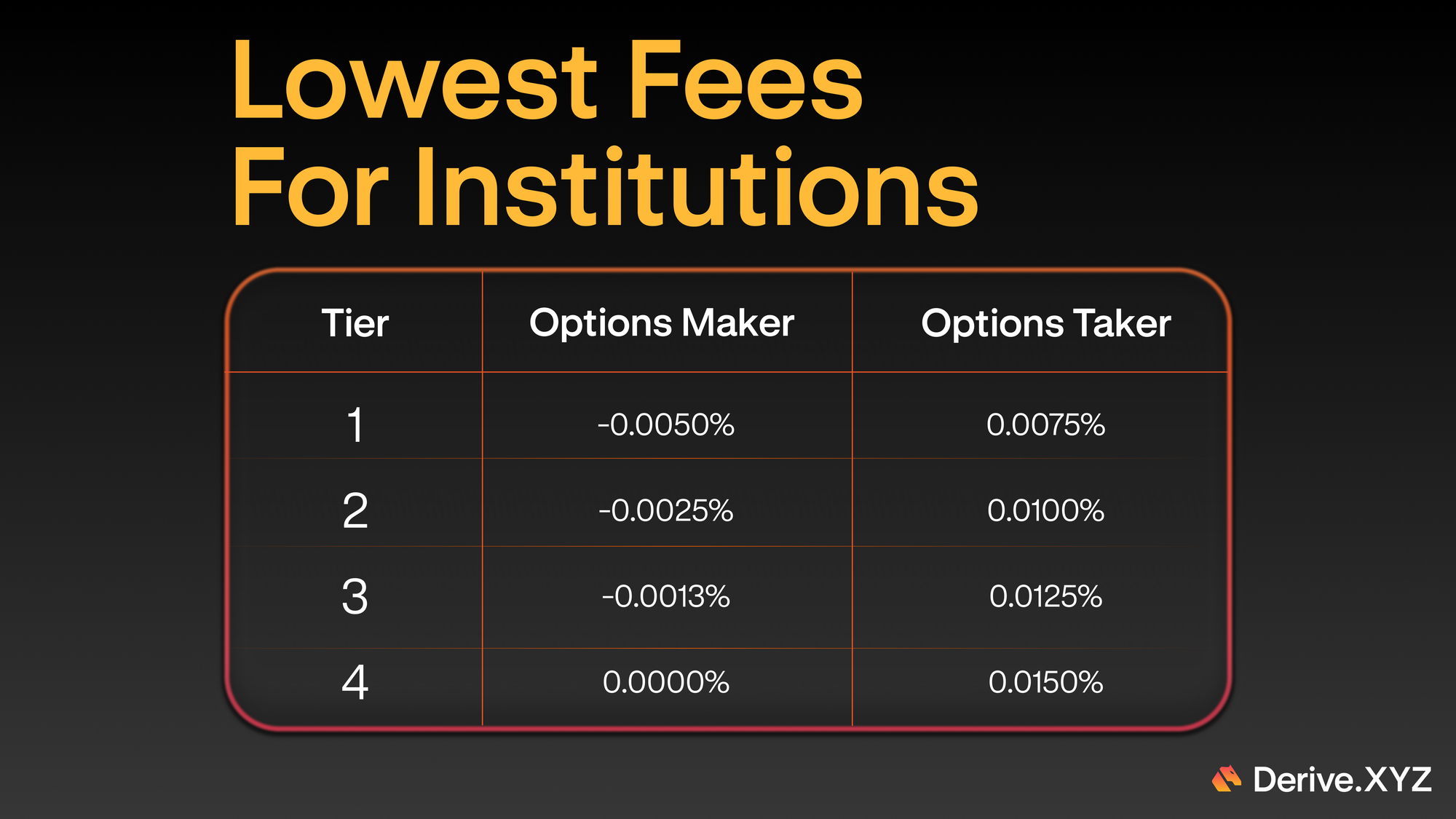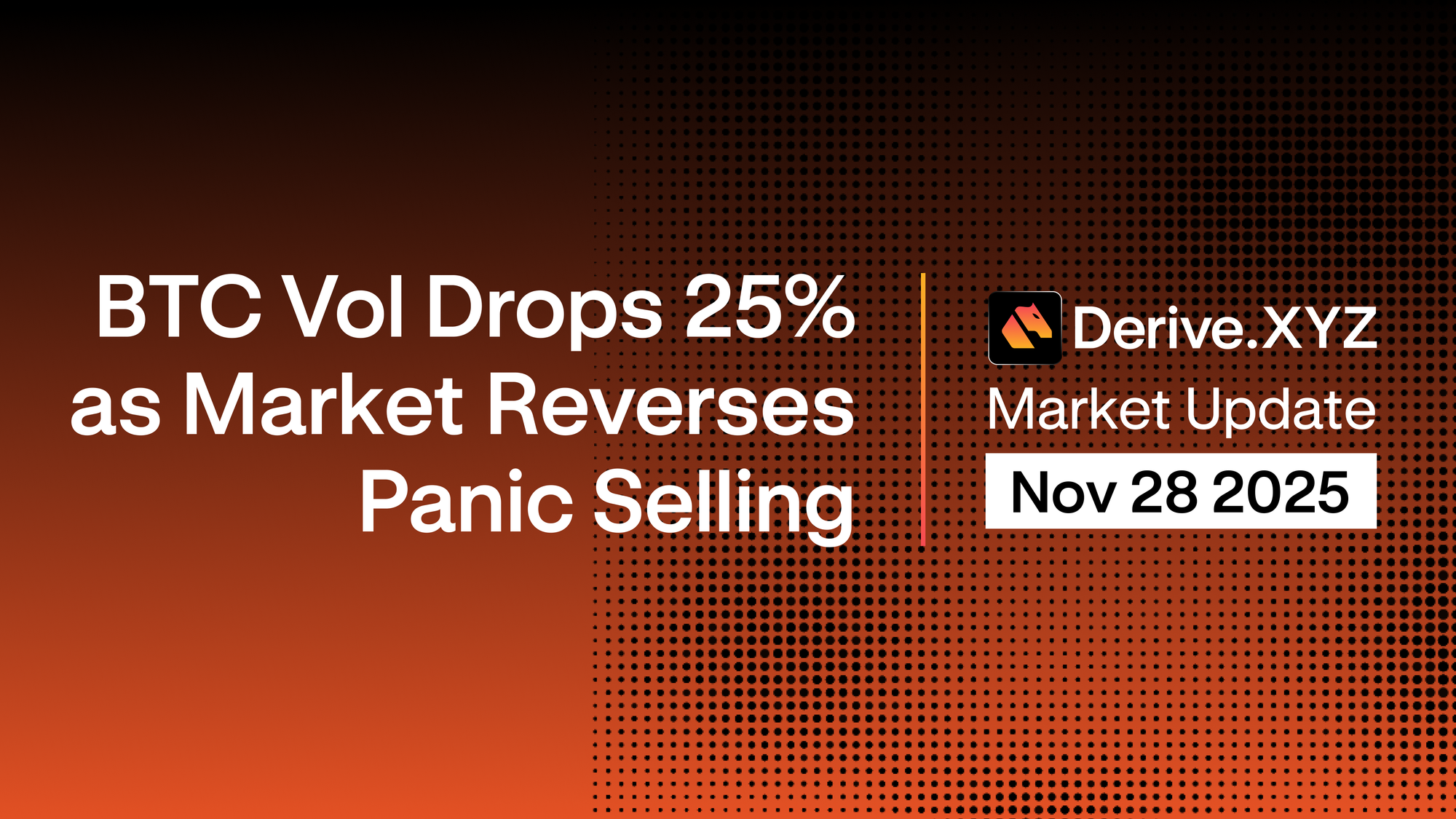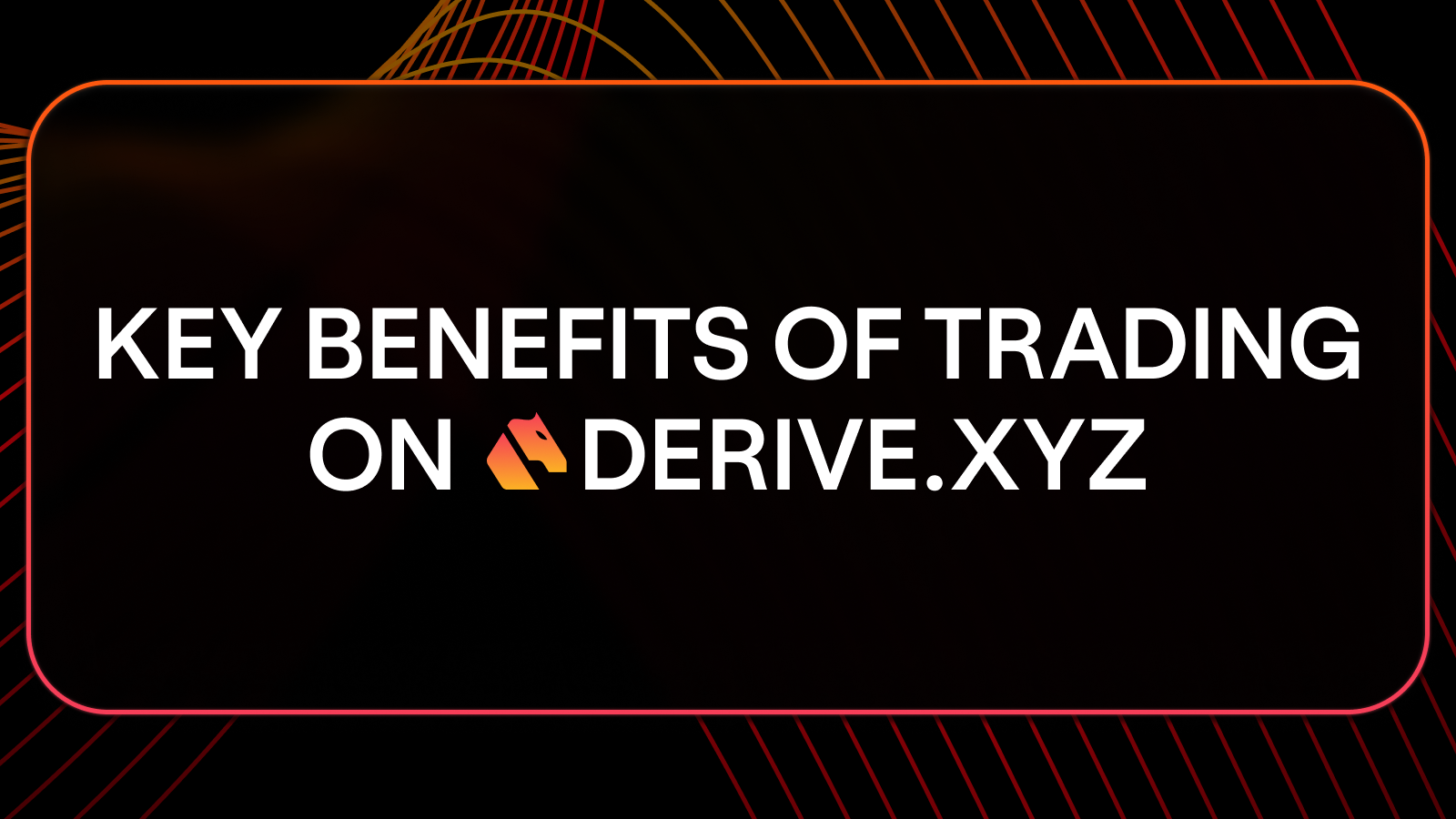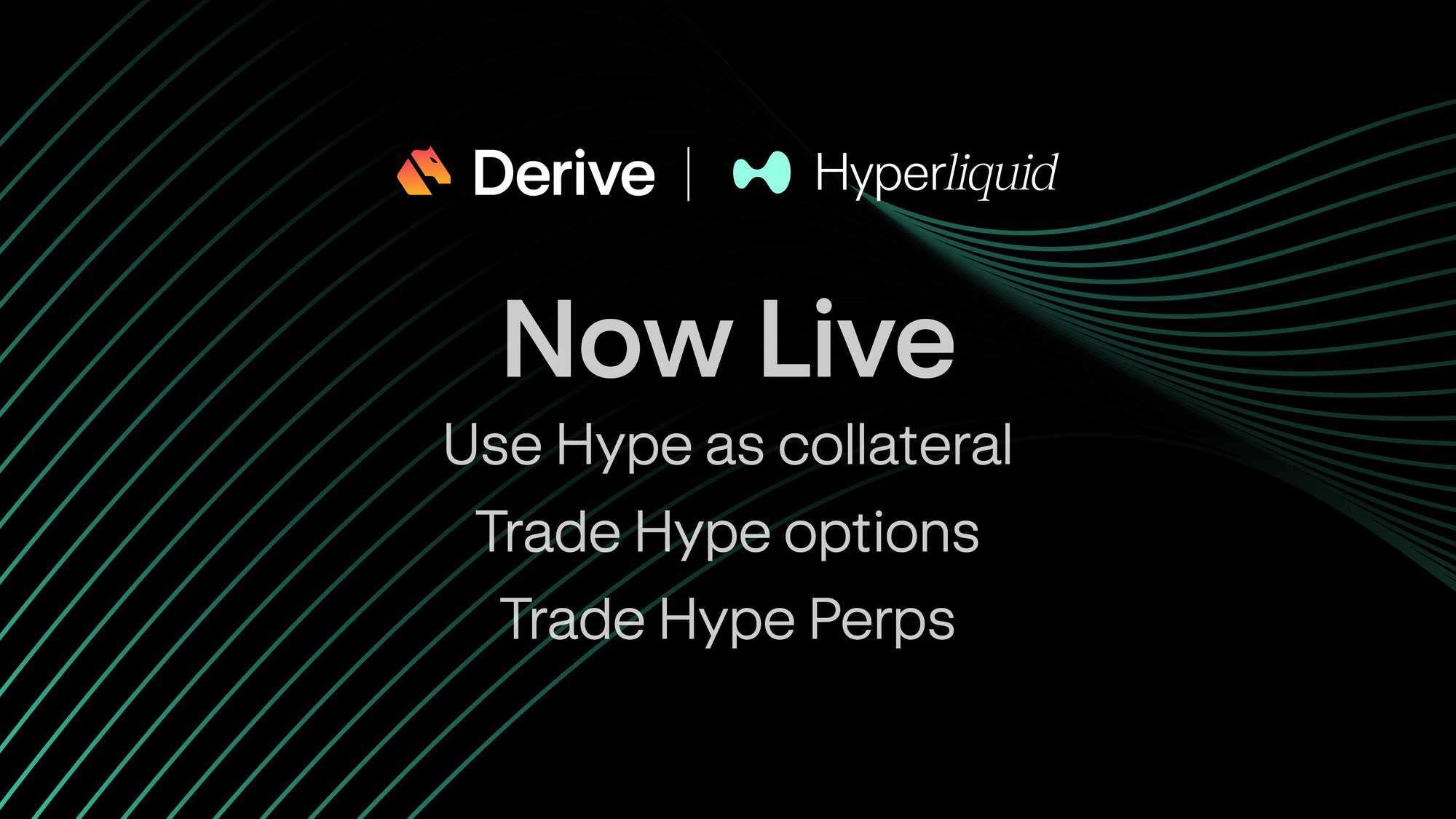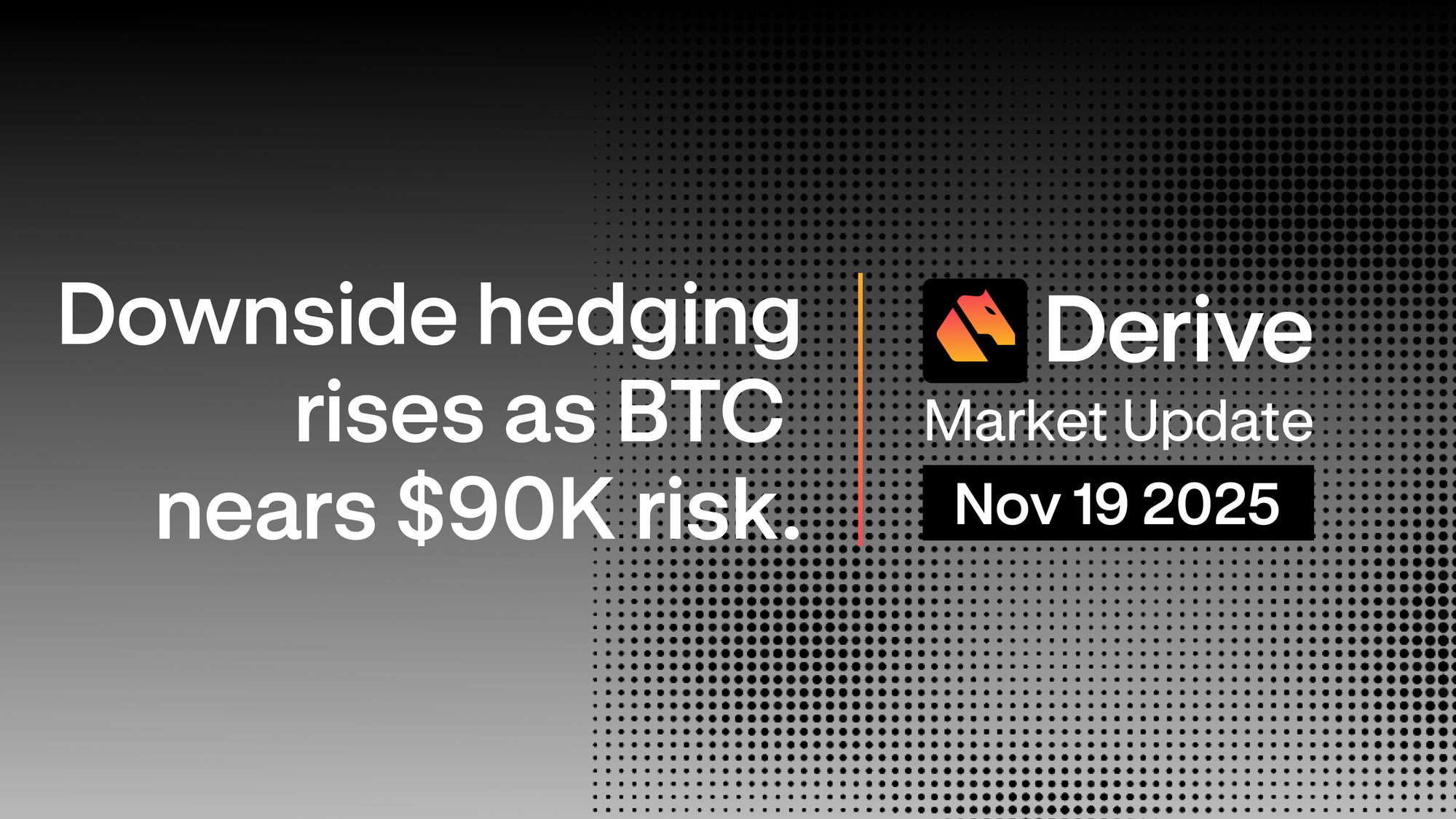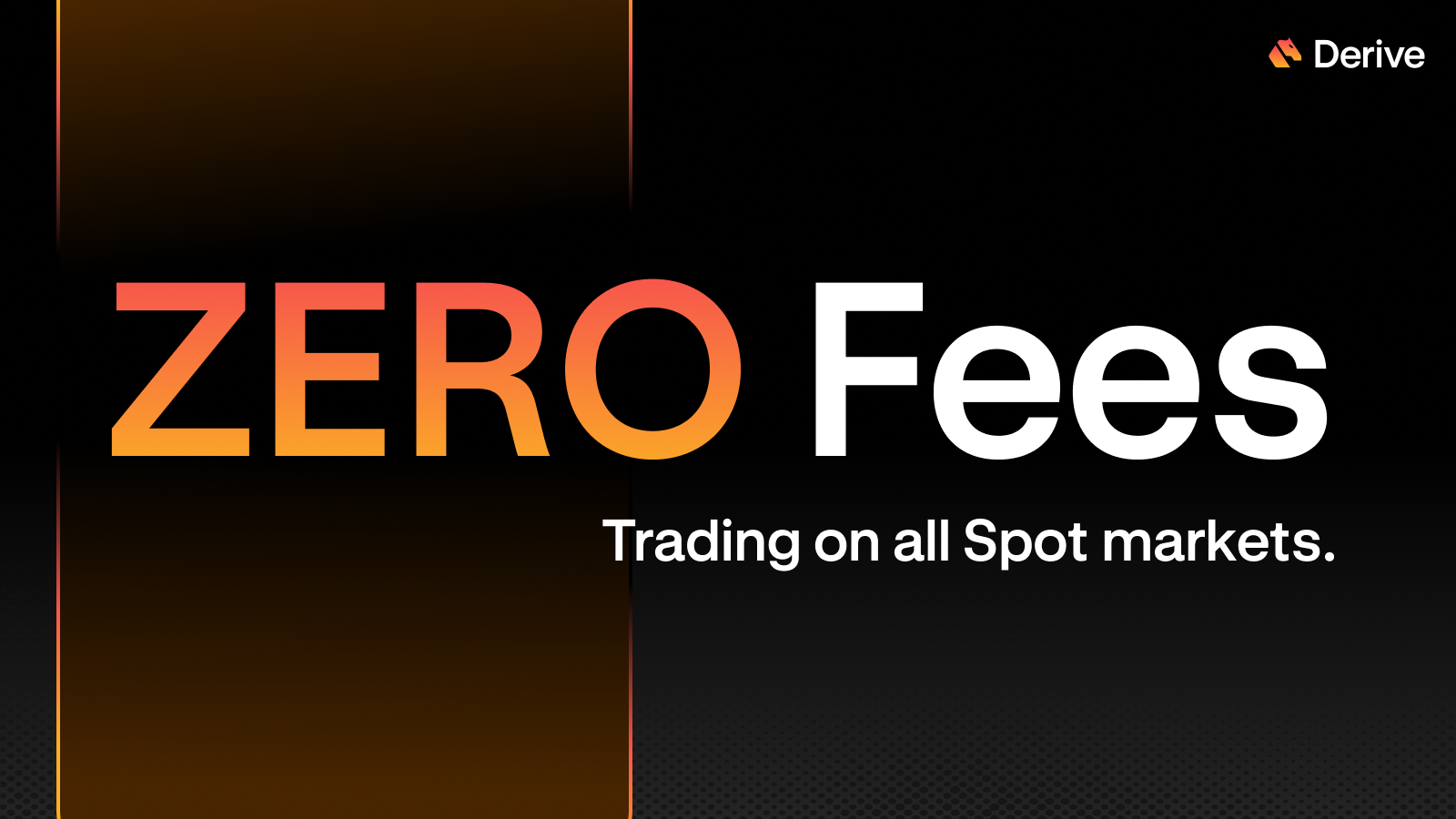Trade both the market’s bias and the premium built into volatility skew with one structure.
Not all options are priced the same.
In many markets, out-of-the-money puts and calls carry different implied volatilities, reflecting real-world sentiment and risk.
The risk reversal is a structure designed to take advantage of both directional moves and skew in volatility.
What Is a Risk Reversal?
A risk reversal involves:
- Selling an out-of-the-money put
- Buying an out-of-the-money call
- Same expiry
You create a synthetic long position with a twist. You benefit not only from upward movement, but also from any premium difference between the put and call (the skew).
This can be flipped for a bearish view by selling a call and buying a put.
How It Works
If implied volatility is higher for puts than calls, you may enter the risk reversal for zero or even negative cost.
You get upside exposure if the underlying rallies, and a small buffer against downside.
If the market tanks, your loss is similar to holding the underlying, offset by the net premium collected.
Why Use Risk Reversals?
- Express a strong directional view with low or zero upfront cost
- Monetize volatility skew when puts are expensive
- Replace outright long or short positions, or overlay on spot holdings
- Hedge portfolios by taking the opposite side (bearish reversal)
Example: Bullish Risk Reversal
- ETH is trading at $3,000
- Sell a $2,800 put (OTM)
- Buy a $3,200 call (OTM)
- Same expiry
If ETH rises above $3,200, gains are unlimited above breakeven.
If ETH falls below $2,800, losses accrue just as if holding ETH, minus net premium.
On Derive
- Build risk reversals directly in the options chain
- See the impact of skew on entry cost and Greeks
- Use subaccounts to isolate risk reversal positions
- Adjust or roll legs as spot or volatility shift
Your Action Today
- Check implied volatility skew between OTM puts and calls on BTC or ETH
- Build a bullish or bearish risk reversal using the options chain
- Monitor entry cost, Greeks, and exposure
- Think about how you would use this structure as a spot alternative, or as a hedge for your portfolio
Tomorrow, we will look at dynamic portfolio Greeks management, bringing together everything you have learned about risk and exposure.
Coming tomorrow:
Day 34 – Managing Portfolio Greeks: Active Risk Control
Hasta Manana
Cpt






